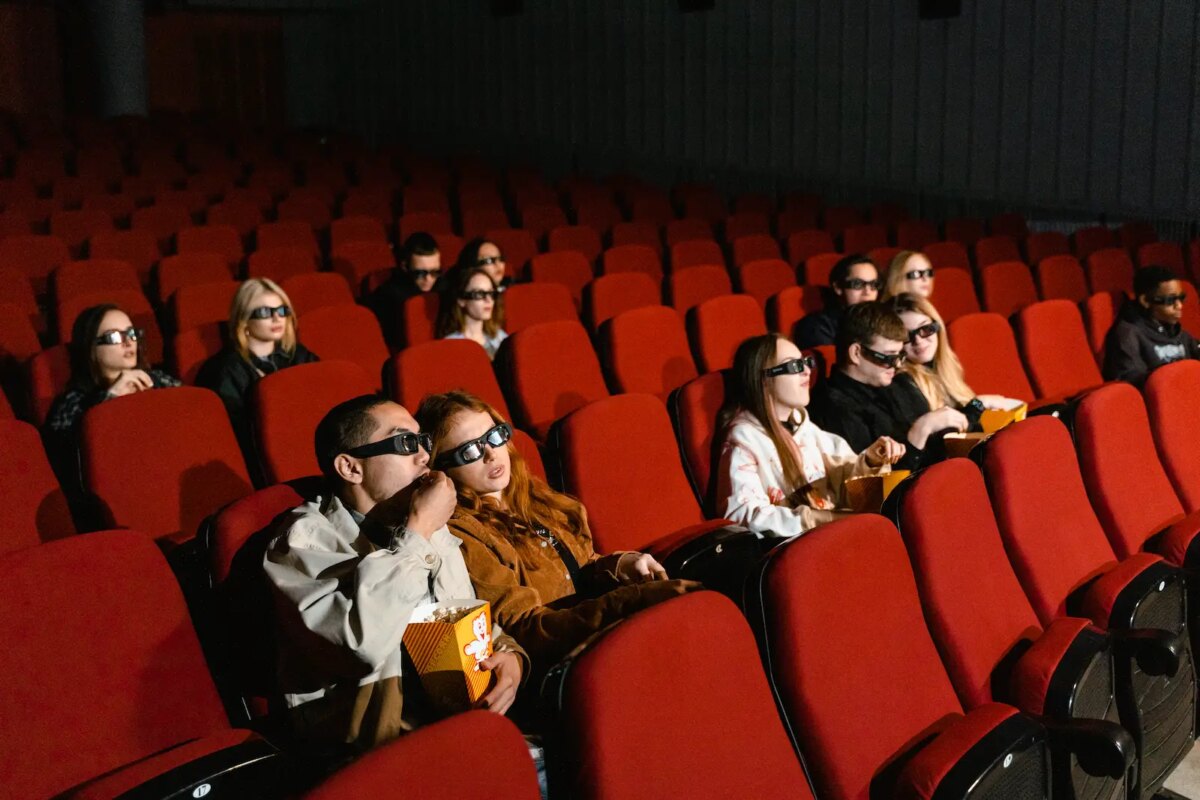
Brand placements are a form of advertising where a product or brand is integrated into the content of a movie or TV show. While they are prevalent in modern media, there has been growing concern about the negative effects that brand placements can have on the artistic integrity of movies and the culture of consumerism they promote.
In this article, we argue that brand placements in movies should be stopped altogether, except for certain cases such as casinos or gambling establishments. We will explore the disruptive effects of brand placements on the narrative and immersion of movies, and how they encourage materialism and consumerism. We will also suggest alternative revenue streams for filmmakers and encourage viewers to be more critical of brand placements when they do appear in movies.
Brand Placements as a Form of Advertising
Brand placements are a type of advertising that is becoming increasingly popular among marketers. This is because brand placements are often seen as more effective than traditional forms of advertising, such as TV commercials, due to their subtlety and the fact that they can be integrated seamlessly into the content of a movie or TV show.
When done correctly, brand placements can be an effective way for companies to increase their brand recognition and generate sales. They can also be used to enhance the realism of a movie or TV show by incorporating real-world products and brands into the narrative. For example, a character drinking a Coca-Cola or wearing Nike shoes can help to make the story more relatable and authentic.
However, there are several issues with brand placements that make them problematic. Firstly, brand placements can be disruptive to the narrative and immersion of a movie or TV show. Viewers can become distracted from the story when they see a product or brand that is being prominently displayed. This can take away from the overall viewing experience and undermine the artistic integrity of the movie.
Furthermore, brand placements can encourage consumerism and materialism. They can promote the idea that owning certain products is necessary for a happy and successful life, leading to a culture of consumption that can be detrimental to individuals and society as a whole.
Negative Effects of Brand Placements in Movies
Despite their benefits, brand placements in movies can have several negative effects on the viewing experience, the artistic integrity of the movie, and the culture of consumerism they promote.
One of the primary issues with brand placements is that they can be disruptive to the narrative and immersion of the movie. When a product or brand is prominently displayed, it can take viewers out of the story and break the suspension of disbelief. This can be especially problematic if the placement is overly blatant or out of place, as it can make viewers feel like they are being sold to rather than being entertained.
Another negative impact of brand placements is that they encourage consumerism and materialism. By showcasing certain products and brands, movies can promote the idea that owning these items is necessary for a happy and successful life. This can lead to a culture of consumption that encourages individuals to constantly buy more and more products, leading to financial difficulties and environmental degradation.
Additionally, brand placements can undermine the artistic integrity of movies. Filmmakers are often forced to include certain products or brands in their movies in exchange for funding or sponsorship, which can limit their creative freedom and result in movies that are more focused on marketing than on storytelling.
Lastly, brand placements can lack transparency and disclosure. Viewers may not be aware that certain products or brands are being promoted in a movie, leading to a lack of transparency in advertising and marketing practices.
The Positive Impact of Brand Placements

While there are several negative effects of brand placements in movies, it is important to acknowledge that there can be positive impacts as well. When used strategically and sparingly, brand placements can be an effective way for companies to increase brand awareness and generate sales while also enhancing the realism of a movie or TV show.
One positive impact of brand placements is that they can help to make a movie or TV show more authentic and relatable to viewers. By including real-world products and brands in the narrative, movies can create a sense of familiarity and connection with the audience, which can help to enhance their overall enjoyment of the movie.
Brand placements can also be a source of revenue for filmmakers. By partnering with companies and including their products or brands in their movies, filmmakers can secure funding that can be used to improve the quality of the movie, hire better talent, or expand their marketing efforts.
Brand placements can also have a positive impact on industries like casinos and gambling. In movies, casinos can be portrayed as luxurious, exciting, and glamorous, which can help to increase interest in gambling and attract more customers. For example, a Bovada review in a movie that prominently features the casino’s brand can lead to increased interest in visiting the casino among viewers, resulting in increased revenue for the casino and positive exposure for the brand, which in turn may lead to generating revenue for movie studios and filmmakers.
By partnering with casinos and featuring their brands in movies, filmmakers can secure funding that can be used to improve the quality of the movie, hire better talent, or expand their marketing efforts. In some cases, casinos and gambling can also be used as a backdrop to showcase the storyline or characters, adding depth and realism to the movie.
Alternatives to Brand Placements in Movies
There are several alternatives to brand placements in movies that can still provide valuable exposure to brands without being disruptive to the viewing experience or compromising the artistic integrity of the movie.
One alternative is product integration, which involves integrating a brand or product into the narrative of the movie in a more subtle and organic way. This approach involves incorporating a product or brand into the story in a way that feels natural and enhances the realism of the movie. For example, a character in a movie might be seen drinking a particular brand of soda or driving a certain type of car without it feeling like a forced or unnatural product placement.
Another alternative is to use in-movie advertising, which involves creating ads that are placed within the context of the movie rather than interrupting the viewing experience. These ads can take the form of billboards or signs in the background of a scene, radio or TV commercials playing in the background, or even product displays within a store or restaurant scene.
Brands can also leverage social media and influencer marketing to promote their products and reach their target audience. For example, a brand might partner with a popular social media influencer to promote their product to their followers in a way that feels authentic and engaging.
Lastly, brands can also create their own original content, such as web series, short films, or documentaries that feature their products or brand in a more subtle and organic way. By creating their own content, brands can have more control over the message and tone of the marketing, while still reaching a large audience.

Conclusion
Brand placements in movies have been a popular marketing strategy for decades, providing companies with a way to reach a large and diverse audience. While there are certainly benefits to this approach, such as increased brand awareness and potential revenue for filmmakers, there are also negative effects to consider, such as potential disruptions to the viewing experience and a loss of artistic integrity.
Therefore, it is important for companies to carefully consider the potential risks and benefits of brand placements in movies before pursuing this marketing strategy. In some cases, alternative approaches such as product integration, in-movie advertising, social media marketing, influencer partnerships, or original content creation might be more effective and respectful to the art of filmmaking.
Ultimately, it is up to both companies and filmmakers to strike a balance between marketing objectives and artistic integrity. By doing so, they can create a win-win situation that benefits both the brand and the art of filmmaking, while also providing a positive viewing experience for audiences.














